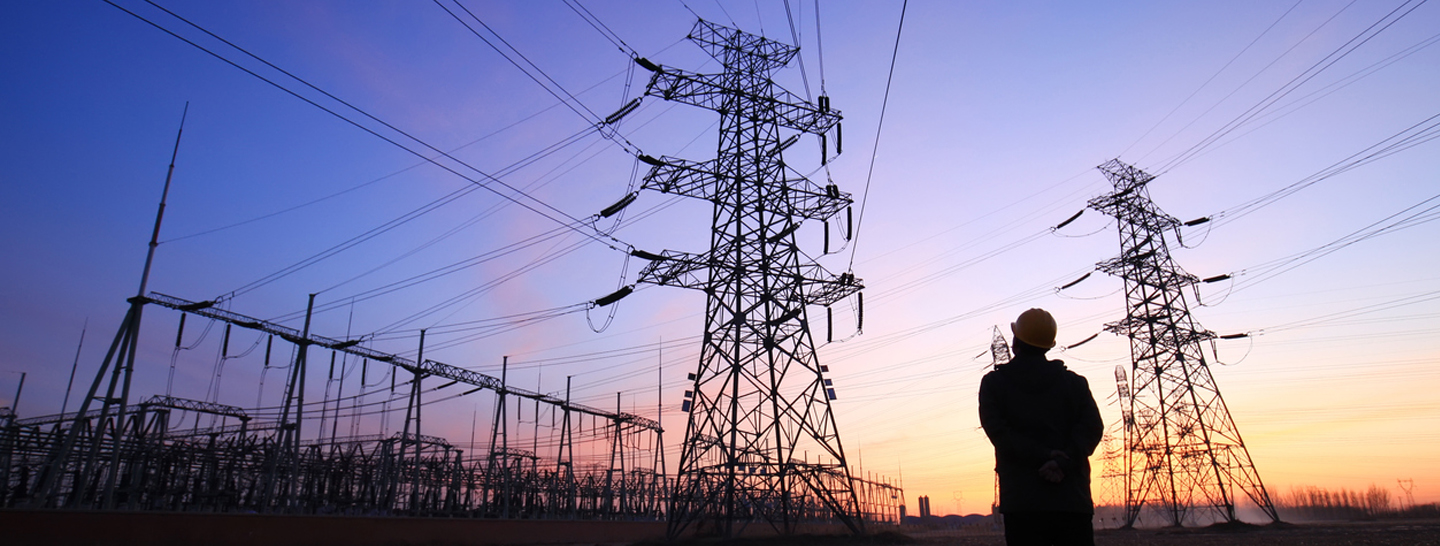Australia’s National Electricity Market (NEM) has been jolted by unexpected announcements and crisis events over the past few years. Businesses that felt the pain of sharply increased electricity prices from 2017 have had a recent respite with price reductions over the last year. Driving the reduction has been an underlying shift to renewable energy and lower gas prices. Although there are questions as to whether this reduction is sustainable.
Events that have caused electricity prices to spike
A significant jolt to the power system occurred when South Australia went dark in 2016. The “system black” exposed vulnerabilities in transmission networks and placed reliability at the forefront for both the public and policy makers.
An even greater hike in pricing occurred soon after, following the announcement that the Hazelwood brown coal power station would close five months later in March 2017. This sparked a significant increase in electricity futures prices, with Victorian 2018 futures pricing (CAL18) rising from $66 in November 2016 to $114 at the peak in March 2017.
Punctuating the market has also been the Reliability Emergency Reserve Trader (RERT) events in 2019 and 2020, where AEMO called on emergency reserves to alleviate shortfalls in supply. RERT is designed to be a last resort emergency mechanism, so the fact that it’s been used over the last two summers demonstrates the current challenges we face with supply security. Enel X has participated in RERT over the past few years where our VPP has provided additional capacity to support the grid and local communities.
Renewable power and gas prices impact electricity pricing
For most states, prices are only now returning the ‘pre-Hazelwood’ levels. The graph shows Victorian 2021 futures (CAL21) are now trading at $58/MWh, well below the peak of $80/MWh in November 2019.








